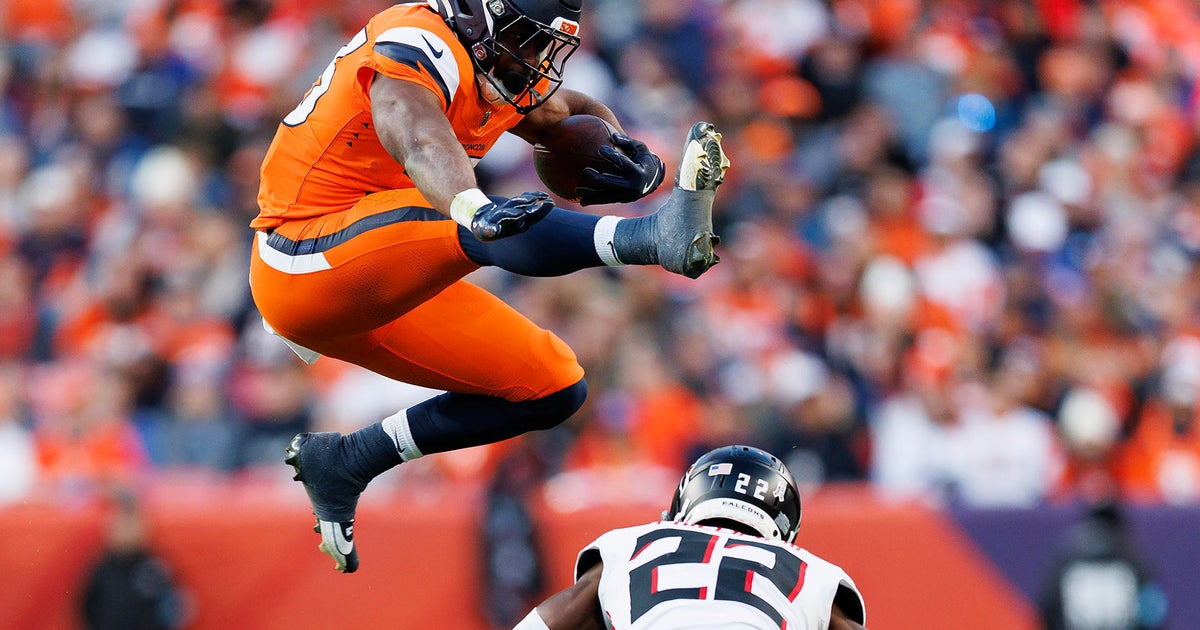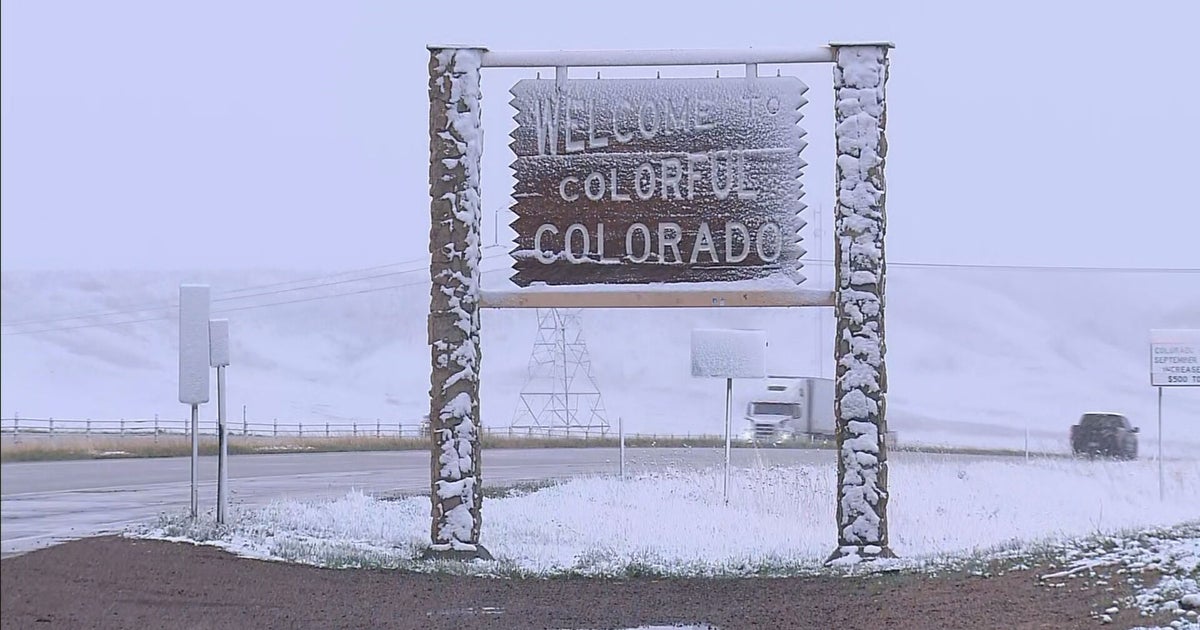It's hard to ignore the impact altitude has on the game of baseball at Coors Field in Denver
It's hard to ignore the impact altitude has on the game of baseball at Coors Field. Sitting at 5,280 feet, the air is much thinner in Denver than other ballparks around the country, allowing the ball to fly farther.
While it may be a hitter's paradise, it can be tough for those pitching the ball because of all the other factors in play at Coors Field that come with playing in the Mile High City.
"Where we are in Colorado, the air density is about 20% less than it is at sea level, and this lower air density means when the ball is hit there is less drag on the ball," says Peter Hamlington, associate professor, and expert in fluid dynamics at the University of Colorado. "All other variables being equal baseballs go 5-10% further," Hamlington acknowledges.
But there are several competing factors going against how far a baseball can go at Coors Field. One of those being the humidity.
While the air is thinner in Denver, the cold, dry air is more dense than hot and humid air. In the cold, dry air it's tougher for a ball to 'push' air molecules out of the way. While there is more water in the hot humid air, it is less dense, allowing for less drag on the ball.
The spin of the ball is also impacted at altitude.
"Many homerun balls have backspin applied to them. Backspin can create a lift effect, but the lift effect becomes weaker as you go higher in altitude. So this would indicate that there is maybe less of an effect on hit balls at altitude," says Hamlington.
Perhaps the most noticeable difference in Denver for pitchers is what our altitude does to the ball.
In 2002 the Rockies began using something called a Humidor. It's where the baseballs themselves are stored in a controlled environment of roughly 70 degrees, and 50 percent humidity.
Altitude makes a ball lighter, drier, and slicker, and the Humidor works to counteract that effect. Hamlington says after its implementation there was a noticeable difference on hit balls at Coors field.
Former Rockies pitcher, Jason Hirsh says as pitchers that's one of the first things they notice.
"As pitchers, we're pretty in tune with how the ball feels in our hands. Until it's coming off my fingertips, I can still manipulate the ball. So little changes in the feel of the ball or the seams on the ball are going to be noticeable to a lot of pitchers," says Hirsh.
Hirsh says during his time with the Rockies he didn't feel playing at Coors Field was a limiting factor, he just learned to make the appropriate adjustments at altitude.
"If I knew I wanted to try a ball in on someone, and it cut over the heart of the plate, that's on me. I made the adjustment that here at an altitude I am not going to throw my two-seamer. I am going to stick with four seamers, sliders, curveballs, changeups.. the rest of my repetiteur," says Hirsh.
For those who get to practice in the conditions regularly, playing at Coors Field has its advantages. However, for the visiting team, Hirsh says half the battle could be the mind games the altitude can play on you.
"People's level of comfort can come in. It can also be a psychological piece, where they just go hey were at Coors Field, things are supposed to feel different here, and they might be hypersensitive to minor changes that they wouldn't be at a different ballpark," acknowledges Hirsh.
There is also less friction in Denver, which means less control of the ball's movement between the mound and home plate. If you had that control, Hirsh says you were good to go, but if the pitch wasn't well executed, Coors Field was much less forgiving.
"If you threw a good breaking all a good slider, a good curveball it was going to do what it was going to do," says Hirsh. " It was the bad ones that didn't have the same level of bite that usually got hammered. And that's something that if I were down at sea level I would still get the bite, even though it wasn't a well-executed pitch."
Wind speed and direction also play a role in the distance the ball can travel. The orientation of Coors Field is just so that prevailing winds during Rockies games blow against the direction in which the ball would be traveling. During baseball games, winds are most commonly blowing out of the East or Northeast, acting against the ball.





